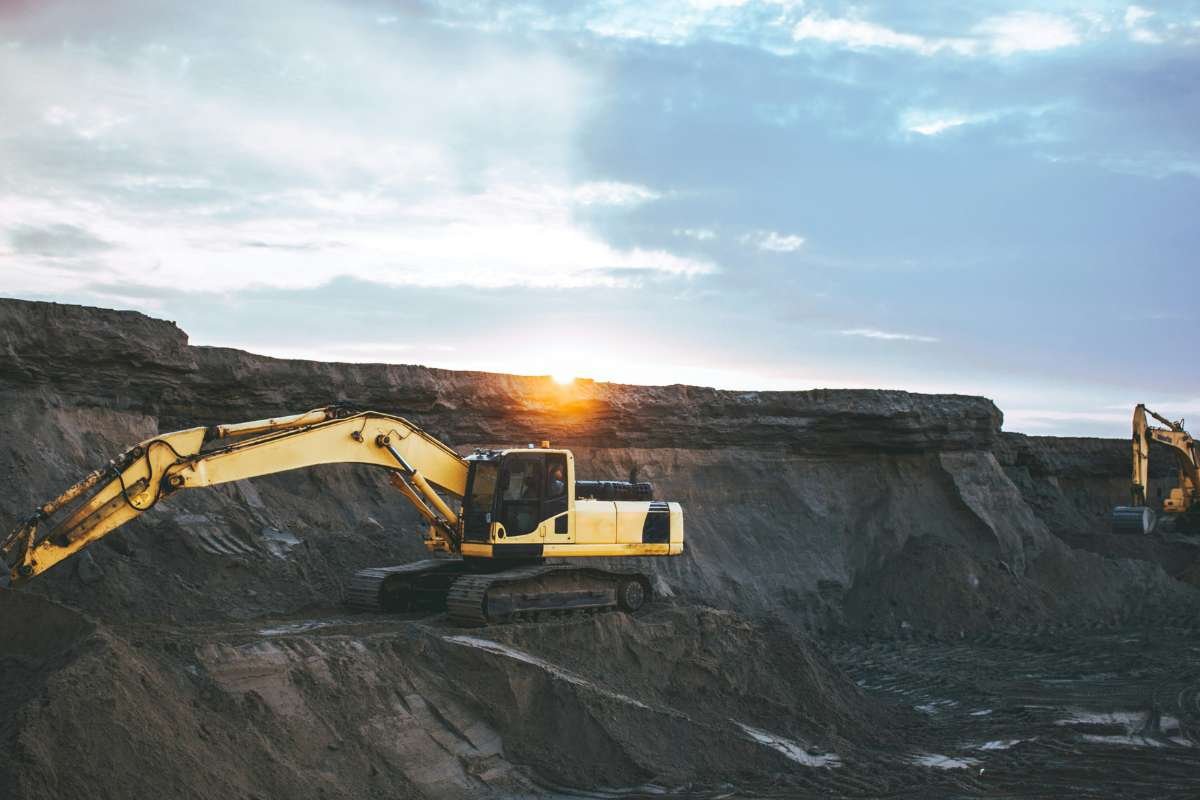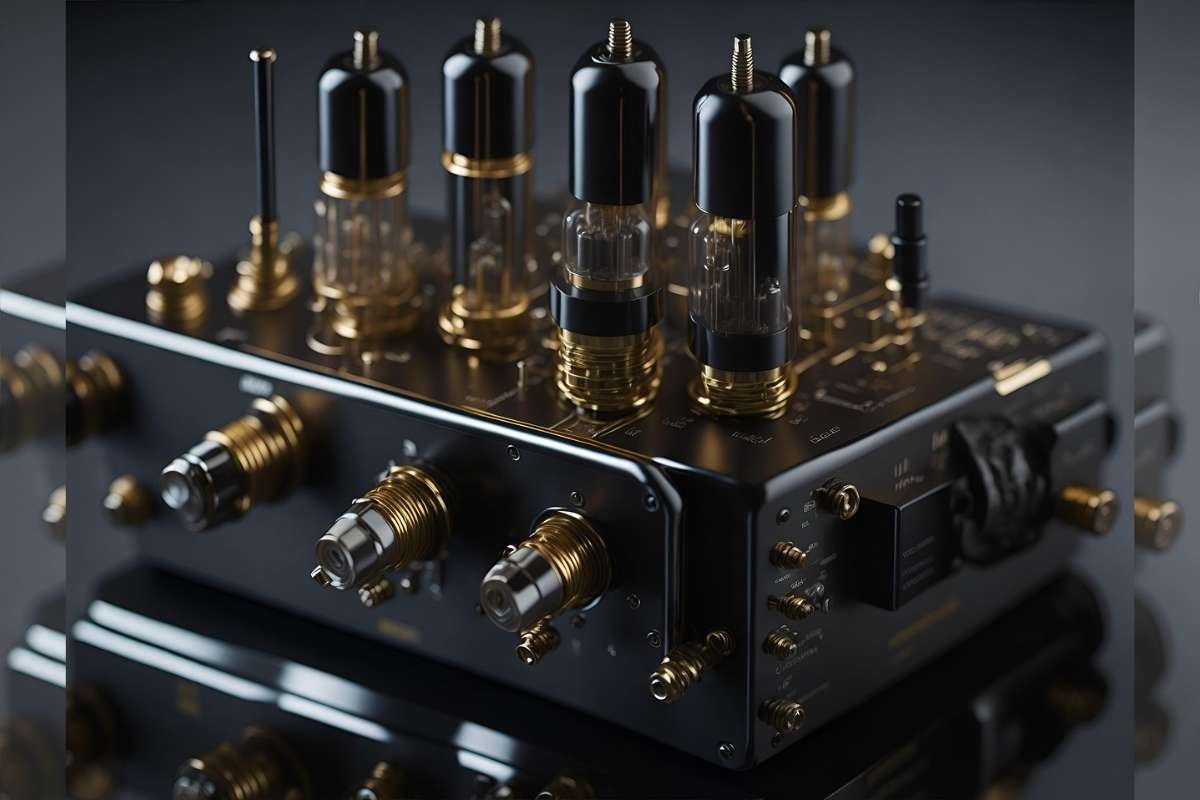The Ace Strip Cutter is a versatile and efficient tool used in various industries, such as textiles, paper manufacturing, and packaging. Its ability to cut strips of material with precision and speed makes it an invaluable asset in production processes. To utilize this machine effectively and perform maintenance or repairs, it is crucial to understand its anatomy and the functions of its essential parts.
In this article, we will explore the components that comprise an Ace Strip Cutter and their roles in ensuring smooth and accurate cutting operations. While Ace manuals serve as comprehensive guides, this breakdown will help you grasp the fundamental components that constitute this powerful machine.
Let’s understand the anatomy of an ace strip cutter:
1. Cutting Bed

At the core of an Ace Strip Cutter is the cutting bed, a flat surface that serves as the foundation for the cutting process. This bed is designed to hold the material being cut in place securely. It typically features alignment guides and measurement scales to aid in accurate and consistent cutting. The cutting bed’s stability and precision are essential for achieving clean and straight cuts.
2. Feed Rollers:
Feed rollers are responsible for advancing the material through the Ace Strip Cutter. These rollers grip and pull the material at a steady pace, ensuring a consistent feed rate during the cutting process. Well-maintained feed rollers are critical to prevent material slippage and maintain accurate cuts.
3. Cutting Blade
The cutting blade is the primary tool that executes the actual cutting action. It is usually a sharp, rotating circular blade that slices through the material as it passes over the cutting bed. The blade’s size and material determine the thickness and type of materials the Ace Strip Cutter can handle. Regular inspection and replacement of the cutting blade, as indicated in Ace manuals, are essential for maintaining the machine’s cutting efficiency.
4. Safety Guards

For operator safety, Ace Strip Cutters are equipped with safety guards surrounding the cutting blade. These guards prevent accidental contact with the blade during operation, minimizing the risk of injuries. Always ensure that the safety guards are in place and functioning correctly before operating the machine.
5. Control Panel
The control panel houses various buttons and controls that allow operators to manage the cutting process. These controls may include power switches, feed speed adjustments, and cutting blade engagement buttons. Familiarizing yourself with the control panel and understanding its functions is vital for safe and efficient operation.
6. Waste Collection Tray

A waste collection tray or bin is usually located below the cutting bed. As the material is cut, the waste falls into this tray, keeping the workspace clean and organized. Regularly emptying the waste collection tray prevents any material buildup that could interfere with the cutting process.
Conclusion:
An Ace Strip Cutter is a powerful and indispensable tool for cutting strips of material accurately and efficiently. Understanding the anatomy of this machine and the functions of its essential parts is essential for utilizing it effectively and performing routine maintenance. The cutting bed, feed rollers, cutting blade, safety guards, control panel, and waste collection tray work together to ensure smooth and precise cutting operations. Regularly referring to Ace manuals for maintenance guidelines and safety instructions will further enhance the machine’s performance and extend its lifespan. By grasping the anatomy of the Ace Strip Cutter, operators can confidently operate this versatile machine and reap the benefits of streamlined cutting processes across various industries.


















